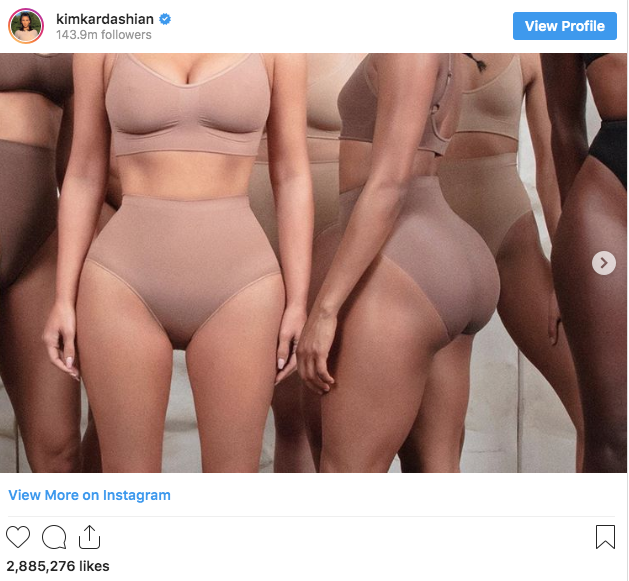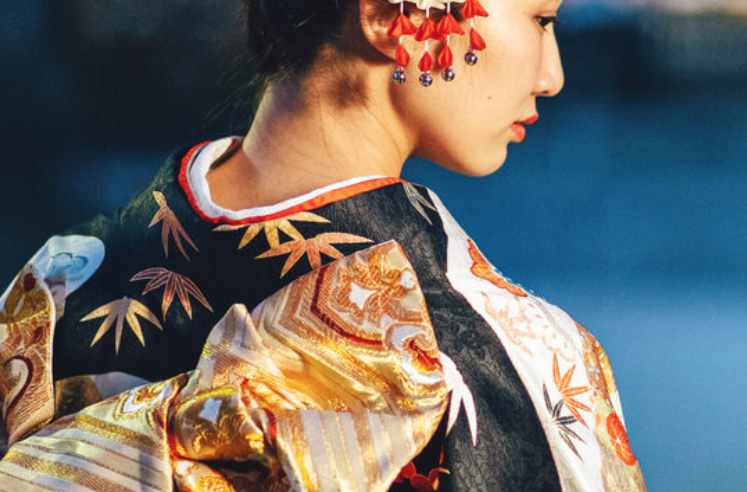Recently, we’ve seen U.S. influencer and entrepreneur Kim Kardashian-West trademark the word “kimono” for her line of shapewear and then swiftly backtrack when social media criticized her lack of cultural sensitivity. Nobody doubted why it was such a big deal. After all, she did try to trademark a word that represents a national treasure in Japan. In fact, what Kardashian-West did smacked heavily of cultural appropriation—adopting something from a foreign culture and using it in an entirely different and wholly inappropriate context.

Just like the article of clothing, the word itself is quite straightforward: a combination of the characters for “to wear” (着る) and “thing” (物). The minimalist garment has been synonymous with Japanese culture since it was first worn by aristocrats during the Heian period (794-1185). At the time, they wore several layers of clothing, including the kosode (小袖), a layer that was worn closest to the body. Over time, this underlayer evolved into the modern-day kimono.
How Japanese people have worn the kimono has changed significantly over the years. It became hugely popular during the Edo period (1603-1868), especially among the trendsetting geishas and kabuki actors. Then, in 1683, Tokugawa, the fifth shogun, banned people from wearing expensive and showy kimonos. However, this didn’t stop people from wearing the garment. Instead, they rebelled by donning pieces with designs that were only apparent if someone looked at the fabric very closely.
No matter who tries to capitalize on this artifact, kimonos are and will probably always remain an ingrained part of Japanese culture.
Kimonos then experienced a major comeback in the middle of the 19th century but again fell out of favor during the Meiji era (1868-1912) when the government wanted everyone to wear Western clothes in keeping with the country’s massive Westernization. Today, kimonos remain a mainstay in Japanese fashion. With that said, here are six things you probably didn’t know about kimonos.
Click here to read more.
- External Link
- https://savvytokyo.com/
 Take our user survey and make your voice heard.
Take our user survey and make your voice heard.















6 Comments
Login to comment
Rena Matsui
If the name "kimono" was sooooooo important to Japan, why didn't you copyright it yourself? Only when someone else has the idea to do it does Team Japan then denounce it and cause a fus - and I'm no fan of anything Kardashian.
Henny Penny
Most of the fus (sic) was made by non-Japanese. I looked at both English and Japanese language Twitter feeds and English and Japanese media coverage.
You can't copyright a word in the abstract. It has to be for specified goods or services.
Vince Black
I smell a UNESCO world heritage listing.... this is getting old , Japan.
seadog538
There is one more thing----traditionally underwear (panties) are never worn. There was a famous case (in Osaka?) many years ago where a building was on fire and a young woman on an upper floor refused to jump onto the Firemans safety equipment because she wasn't wearing any and perished as a result.